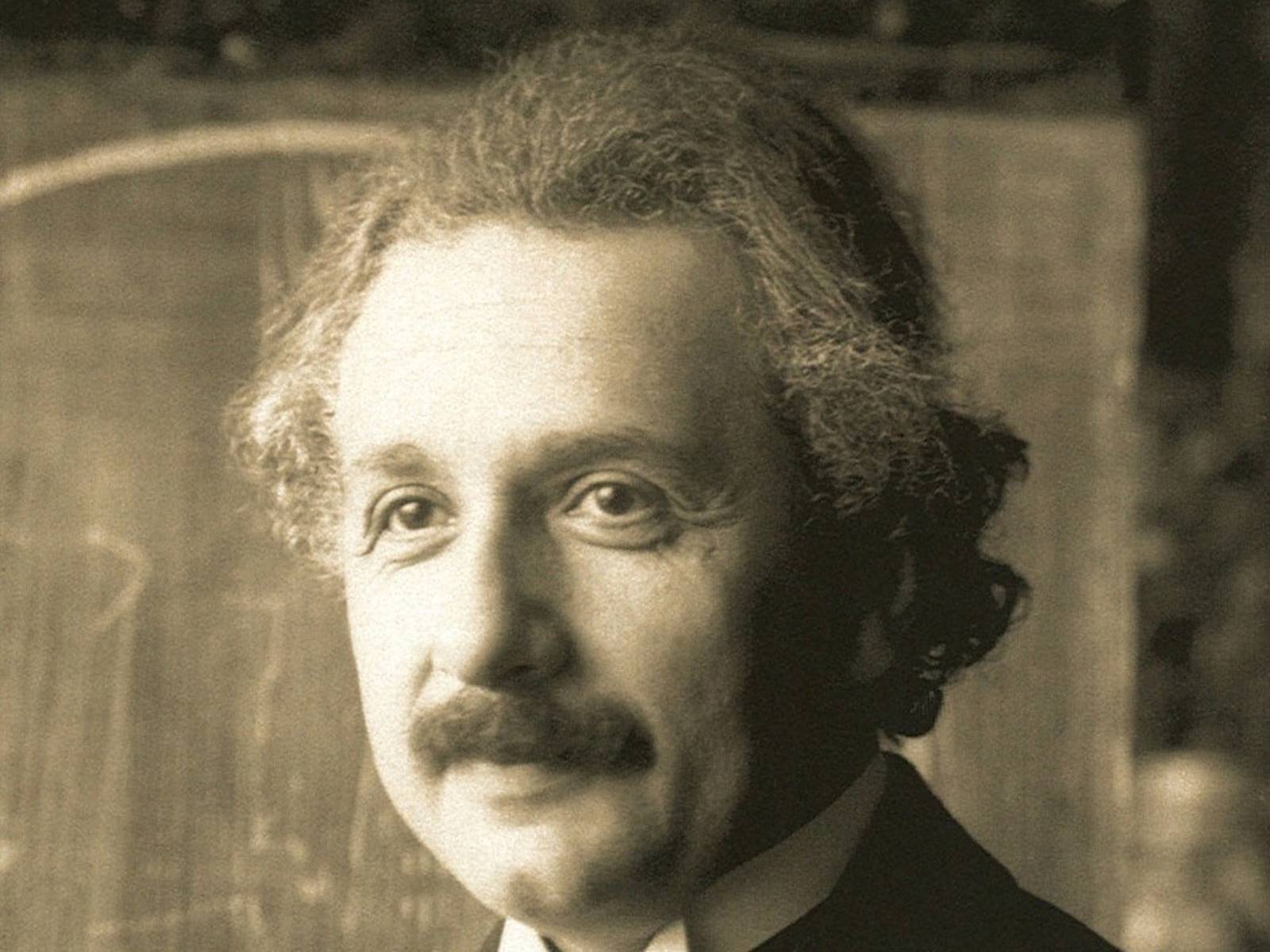HOW A HANNOVERIAN DISCOVERED GRAVITATIONAL WAVES
Gravitational waves
Gravitational waves pass through space at the speed of light. Their existence was predicted by Albert Einstein back in 1915 in his General Theory of Relativity.
 © wikiimages/CC0
© wikiimages/CC0 Albert Einstein
However, he didn’t think it would be possible to ever detect them because they produce such a minimal effect. This was an error. It took over one hundred years of scientific advances to achieve the greatest coup in physics of this millennium.
1916
The existence of gravitational waves
Albert Einstein publishes an essay entitled Approximative Integration of the Field Equations of Gravitation in which he predicts the existence of gravitational waves for the first time. He deduces this from the equations in his General Theory of Relativity which he publishes in 1915.
1918
New formulae
Albert Einstein establishes a formula for the emission of gravitational waves which has remained virtually unchanged since then and is still considered to be valid.
1936
Do gravitational waves exist or not?
Einstein has doubts about his theory. He writes an essay with his colleague Nathan Rosen in which they refute the existence of gravitational waves. An expert finds an error in the reasoning; the work is then published with completely different results. They still doubt whether gravitational waves exist, or not.
1957
“Sticky Bead” – thought experiment
In Chapel Hill, North Carolina, an international conference is held on Einstein’s Theory of Relativity. Physicist Richard Feynman’s “Sticky Bead” thought experiment is the main focus of the conference. In this experiment, Feynman describes the effect a gravitational wave has on a bead which is moving up and down on a stick and is producing heat through friction. The scientists come to the conclusion that gravitational waves must exist.
1960
The physicist Joseph Weber carries out the first experiments to prove the minute effects of gravitational waves.
1969
Successful proof?
Weber announces that he has successfully managed to prove the existence of gravitational waves. This news causes a huge stir and inspires scientists from all over the world to emulate the experiment. However, none of these attempts can confirm Weber’s discovery.
1974
Indirect proof
Two American astronomers Joseph Taylor and Russel Hulse are able to indirectly prove the existence of gravitational waves. They noticed that the orbital period of two stars diminishes extremely slowly and steadily. The system therefore clearly loses energy. The scientists conclude that the only explanation for this phenomenon is the emission of gravitational waves.
1992
Scientists in the USA put the LIGO Observatory (Laser Interferometer Gravitational Wave) into operation. This new technology is four times more sensitive than earlier systems. However, the first attempts to find gravitational waves end in failure.
1993
American astronomers Taylor and Hulse receive the Nobel Prize for Physics for providing indirect proof of the existence of gravitational waves.
2015
LIGO detectors discover gravitational waves
On 14 September 2015, scientists at the LIGO observatory detect a clear signal from space caused when two black holes collided 1.3 billion years ago. In the final phase that lasts less than one second, the gigantic black hole emits such a strong gravitational wave that the LIGO detectors can pick them up on Earth. The scientists begin to evaluate the data.
2016
A scientific sensation
The scientists finish analysing the data. They are now completely sure about their findings. 99.99999 per cent of the signal received by the LIGO detectors in 2015 comes from gravitational waves. A scientific sensation.
2019
Signals from 520 million light years away
The international network that runs the gravitational wave detector project has detected a second signal from coalescing neutron stars. The LIGO Livingston and Virgo detectors identified the signal on 25 April 2019. The detection of the signal named GW190425 has been described as a “significant event”. The signal comes from a distance of about 520 million light-years, four times further away than the first gravitational wave from the binary neutron star merger detected in August 2017. Methods developed by scientists at the Albert Einstein Institute in Hannover have been used to help detect and analyse the signal. The scientists created models of the types of gravitational waves that might be expected in coalescing neutron stars.
2020
The breakthrough discovery of a new signal
Research into gravitational waves has been progressing extremely well and detecting gravitational waves has become part of a normal day’s work for the scientists in Hannover. However, a new exciting development has happened recently: the scientists have been able to announce the discovery of a signal that has never been seen before. The GW190412 signal shows for the first time ever the way two black holes with distinctly different masses can coalesce with one another. A smaller black hole with approximately eight times the mass of the sun is being swallowed by a large black hole roughly thirty times the mass of the sun. The LIGO-Virgo scientists were therefore able to validate a previously untested prediction of Einstein’s theory of relativity.

 Deutsch
Deutsch
 English
English
 中文
中文
 Danish
Danish
 Eesti
Eesti
 Español
Español
 Suomi
Suomi
 Français
Français
 Italiano
Italiano
 日本語
日本語
 한국
한국
 Nederlands
Nederlands
 Norge
Norge
 Polski
Polski
 Portugues
Portugues
 Русский
Русский
 Svenska
Svenska
 Türkçe
Türkçe
 العربية
العربية
 Romanesc
Romanesc
 български
български